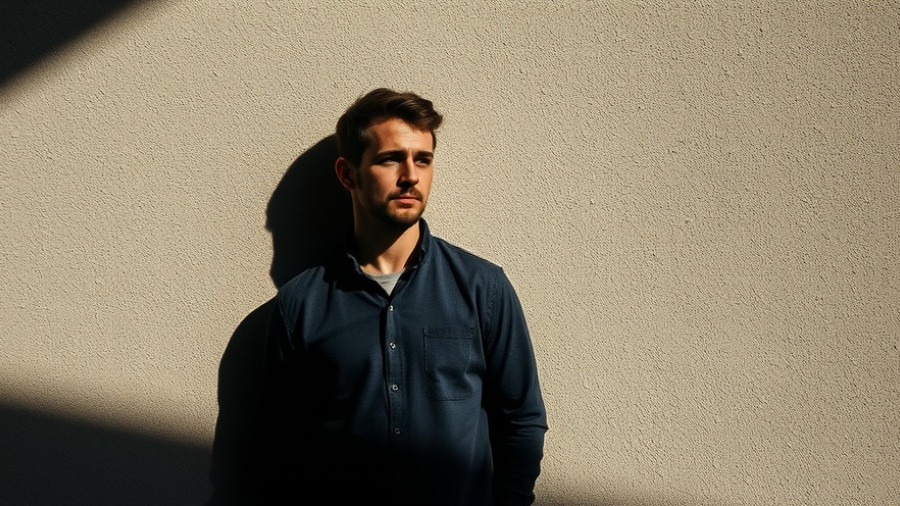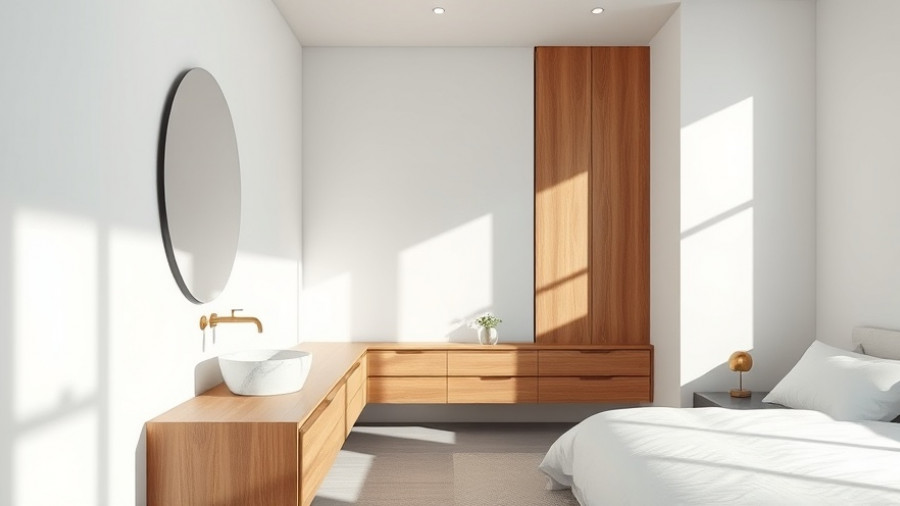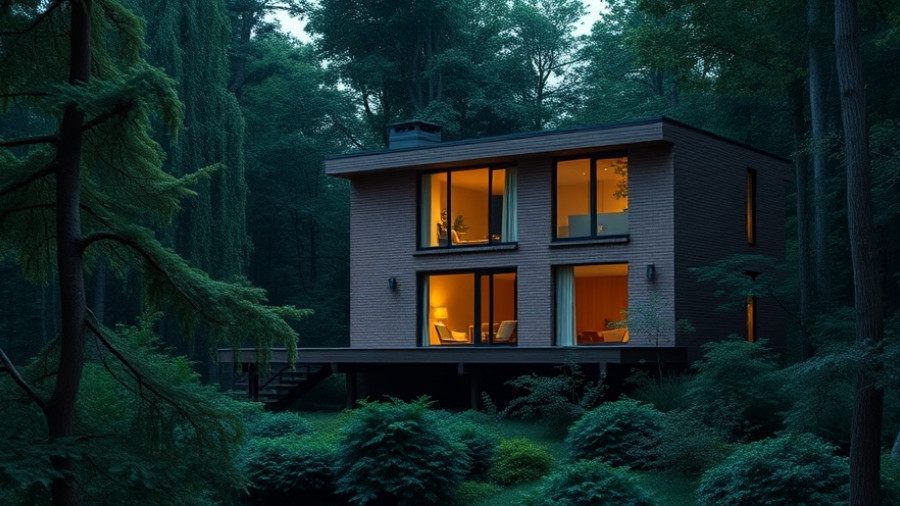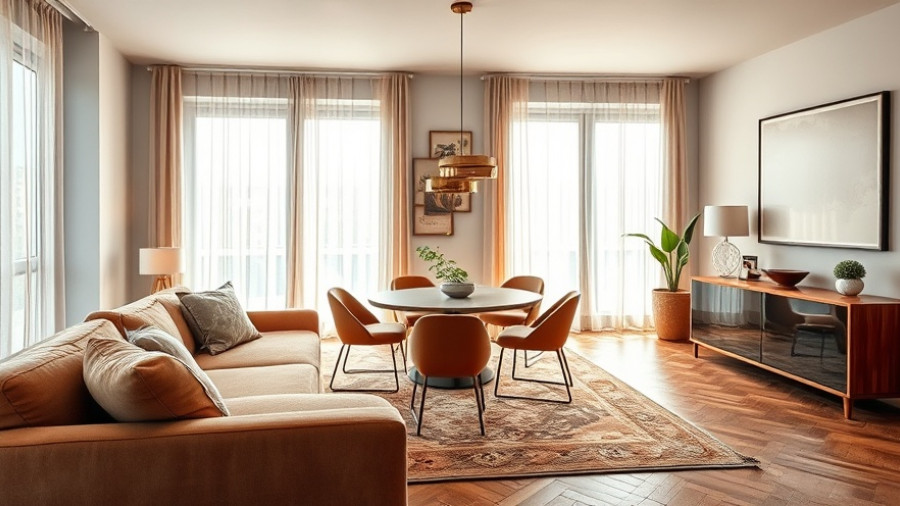
The Dystopian Appeal of Dubai-Inspired Urbanism in Modern Cities
Dubai has long been lauded for its architectural marvels and ambitious urban planning, captivating travelers and investors alike. However, according to historian Quinn Slobodian, the influence of Dubai's unique form of urbanism is spreading globally, and it may be shaping the future of cities in unsettling ways. In his recent work, Crack-Up Capitalism: Market Radicals and the Dream of a World Without Democracy, Slobodian warns of the implications of this trend, linking it to anti-democratic governance structures that prioritize profit over people.
Understanding the Rise of Special Economic Zones
Slobodian highlights that over 5,400 special economic zones (SEZs) now exist worldwide, with cities like Shenzhen, Singapore, and Hong Kong adopting similar frameworks to Dubai's. This system, which often deregulates trade and business practices to attract investors, has a transformative effect on urban landscapes, often favoring corporatized designs over vibrant, community-oriented environments.
As SEZs proliferate, architecture is increasingly being homogenized. The Burj Khalifa, a symbol of prestige, originally served as bait to attract further infrastructural investments. However, as Slobodian notes, subsequent projects are experiencing a shift towards greater conformity—a trend that threatens the diversity that many urban areas need to thrive.
The Consequences of Dubai-Style Urbanism: A Gated Future
The prediction that cities could transform into gated communities or 'cruise-ship urbanism' raises significant concerns. Slobodian asserts that future urban environments may include checkpoints mirroring those of cruise ships or exclusive theme parks. This is evidenced in projects like Saudi Arabia's The Line which prioritize privacy and security—factors that, while appealing to some, draw lines of exclusion across society.
What’s alarming is that the conditions that once defined these unique urban experiments are now becoming standard—potentially creating a world where public spaces are reduced, and access is limited to those who can afford it. As public sentiment shifts towards securing safety, the inevitable sacrifice of freedoms may become commonplace, driving the greatest cost to community connection.
Reflecting on Local Impacts: Signs of Anti-Democracy
In locations like Hudson Yards in New York, signs of this anti-democratic trend are becoming discernible. Slobodian warns that urban developments catering exclusively to wealthier demographics deepen social divides and create an experience that feels alien rather than familiar. For homeowners and buyers, this poses critical questions about the types of spaces being planned around them and who has the power in shaping those environments.
As cities evolve, there is a palpable tension between maintaining organic growth through communal involvement and catering to the whims of the wealthy. This theme resonates deeply with community-centric architectural practices, which focus on integrating diverse perspectives and local cultures into new developments—a sharp contrast to the prevailing Dubai-like model.
A Call for Consideration: Embracing Human-Centric Design
As the urban landscape morphs, it’s vital for homeowners and buyers to consider the implications of their purchasing decisions. Engaging with architects and designers who prioritize community inclusivity can help counter these trends. Emphasizing designs that reflect and nurture local culture not only enriches the environment but also safeguards the values of democratic participation in urban planning.
Ultimately, the rise of Dubai-style urbanism serves as both a warning and an opportunity. The challenge provocatively posed by Slobodian invites architects, city planners, and residents to rethink their vision for future urban development—steering clear of a path that leads to exclusion and isolation.
At Carmel Interior Design, we promote designs that empower community connections. If you're inspired by great design, call us at 831-521-7729 to start planning your next home or remodel.
 Add Row
Add Row  Add
Add 




Write A Comment